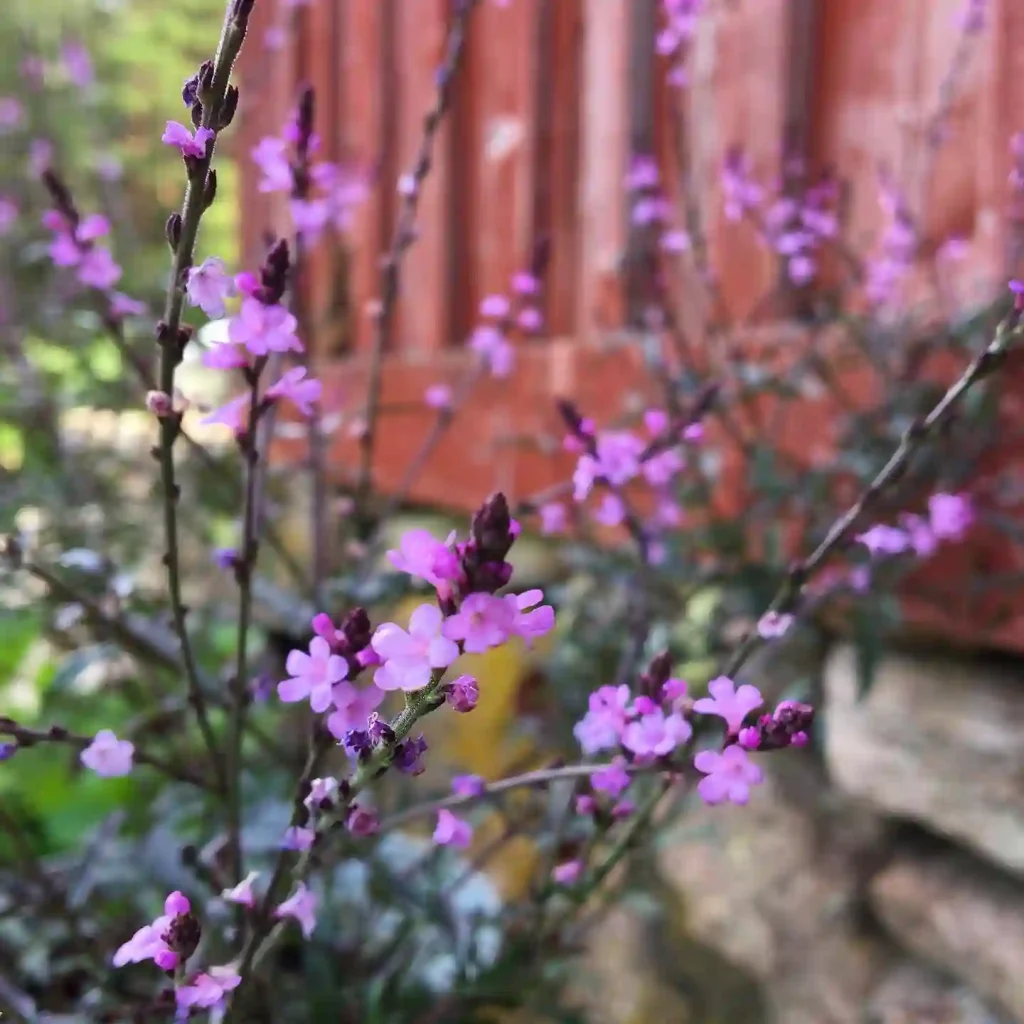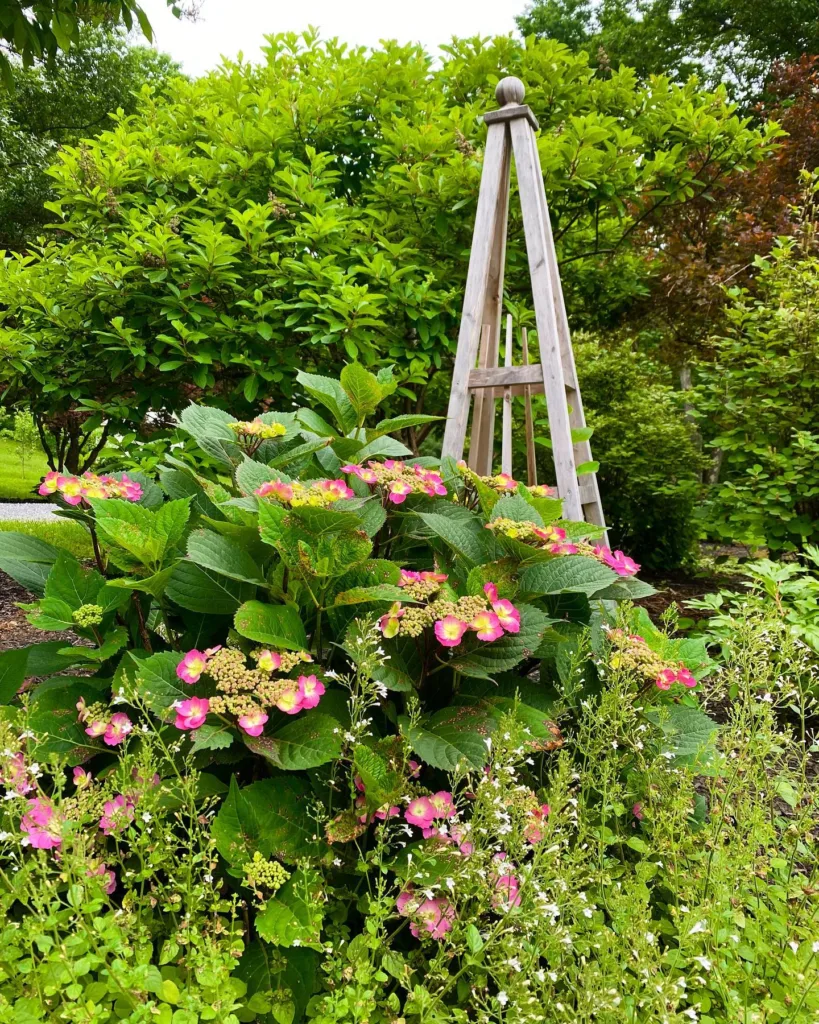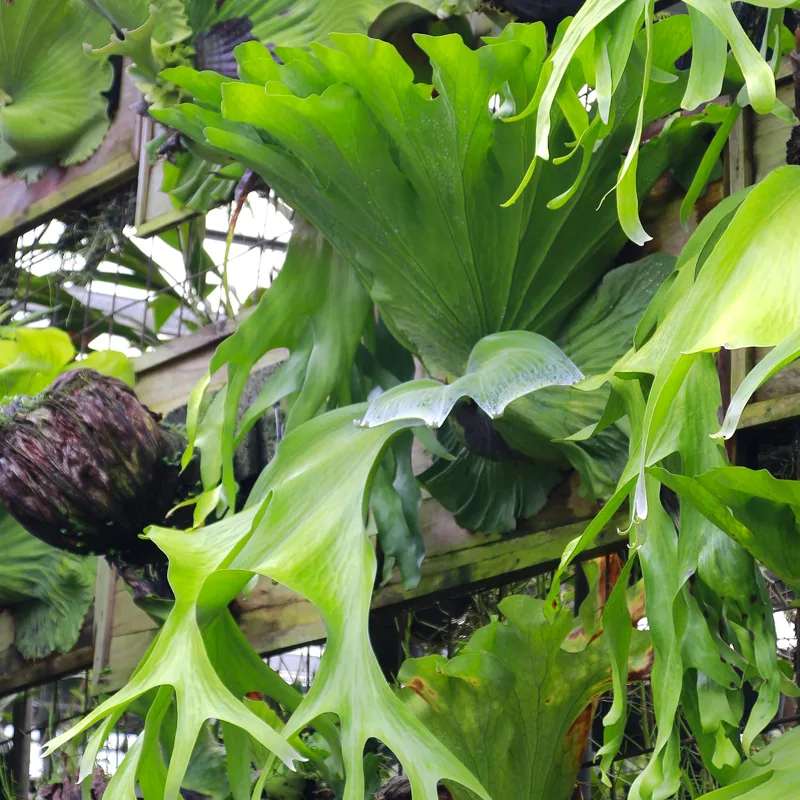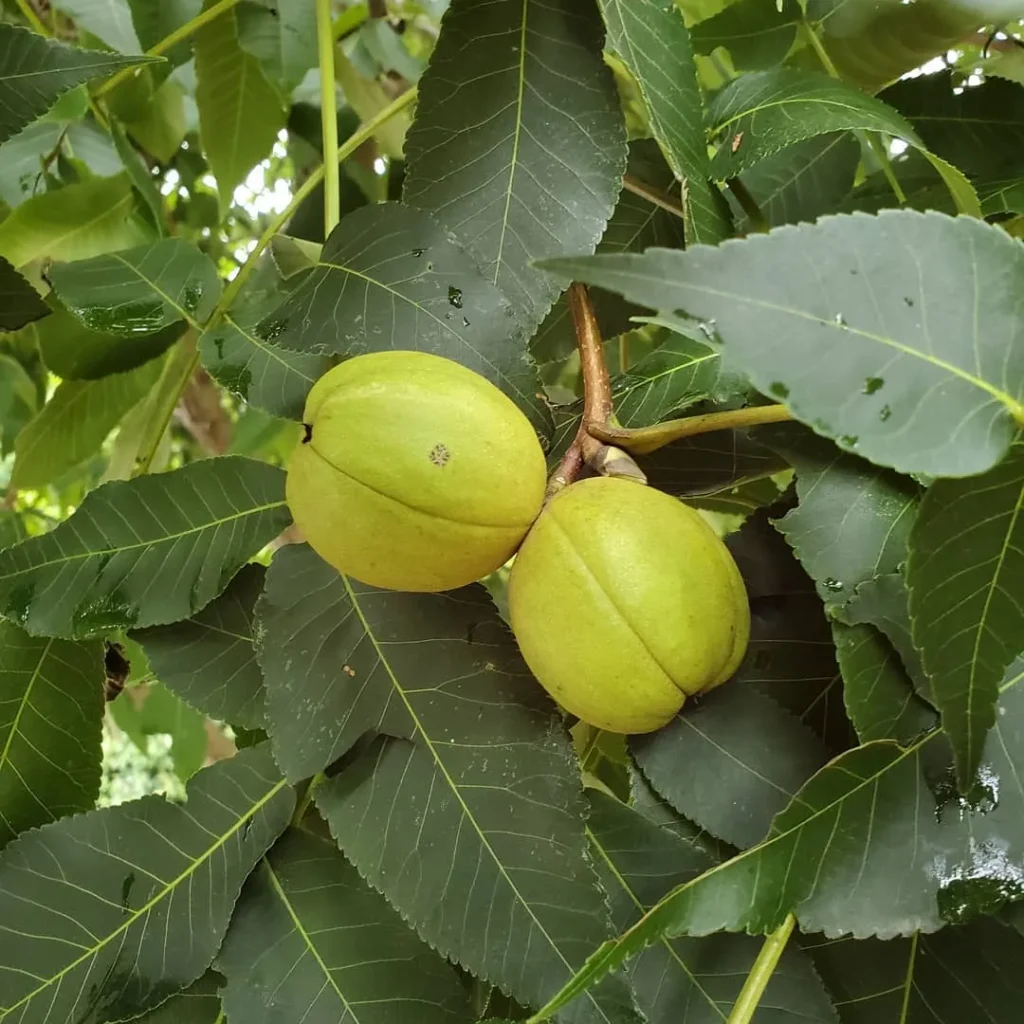FAQs about Leucospermum California Sunshine
When I first encountered Leucospermum California Sunshine, I was immediately drawn to its vibrant blooms and striking form. This plant has become a favorite of mine, not just for its beauty, but also for its resilience in various garden settings. Through my experience, I’ve gathered some common questions and answers about growing and caring for this remarkable plant.
48 Species in Genus Leucospermum
What is Leucospermum California Sunshine?
Leucospermum California Sunshine is a stunning evergreen shrub known for its bright, sunny yellow flowers that resemble pincushions. It belongs to the Proteaceae family, which includes many other unique and hardy plants. Native to South Africa, this plant thrives in Mediterranean climates and can be an excellent addition to a water-wise garden.
How to Care for Leucospermum California Sunshine?
Caring for Leucospermum California Sunshine can be quite straightforward if you understand its needs. This plant loves full sun and well-drained soil. I’ve found that it prefers sandy or loamy soil with a slightly acidic pH. In my experience, heavy clay or overly rich soil can cause root rot, so it’s essential to ensure proper drainage.
When it comes to watering, I’ve noticed that Leucospermum California Sunshine is drought-tolerant once established. During the first growing season, it’s crucial to water regularly to help the roots develop deeply. After that, I only water it sparingly during prolonged dry spells. Overwatering is one of the common mistakes with this plant, so it’s best to err on the side of caution.
Pruning is another key aspect of care. I usually trim mine back lightly after flowering to maintain its shape and encourage new growth. Avoid cutting into the woody stems, as the plant may not regenerate from old wood.
How to Propagate Leucospermum California Sunshine?
Propagating Leucospermum California Sunshine can be challenging, but it’s definitely doable with the right techniques. I’ve had success using semi-hardwood cuttings taken in late summer. Here’s what I do:
- Choose healthy, non-flowering stems that are about 4-6 inches long.
- Remove the lower leaves and dip the cut end in rooting hormone.
- Place the cuttings in a well-draining propagation mix, such as a blend of perlite and peat.
- Keep the cuttings in a warm, humid environment, out of direct sunlight.
It can take several months for roots to form, so patience is key. Some gardeners have also had success propagating Leucospermum from seed, although it requires stratification and can take longer to produce a mature plant.
What Plants Pair Well with Leucospermum California Sunshine?
In my garden, I love pairing Leucospermum California Sunshine with other drought-tolerant plants that thrive in similar conditions. Some of my favorite companions include:
- Grevillea: Another Proteaceae family member, Grevillea complements the bright blooms of Leucospermum with its fine-textured foliage and intricate flowers.
- Agave: The bold, architectural form of Agave contrasts beautifully with the soft, rounded shape of Leucospermum.
- Echeveria: These succulents offer a low-growing option that adds texture and color without competing for attention.
- Lavender: The silvery foliage and fragrant purple flowers of Lavender provide a soothing backdrop for the vibrant yellow blooms of Leucospermum.
When planting companions, I always make sure to group plants with similar water and light requirements to ensure a cohesive and healthy garden.
How to Deal with Common Pests and Diseases?
Leucospermum California Sunshine is generally pest-resistant, but I’ve occasionally encountered problems with aphids and scale. When this happens, I use a gentle insecticidal soap or a blast of water to remove them. Keeping the plant healthy with good air circulation and avoiding overhead watering helps prevent fungal issues.
One disease to watch out for is Phytophthora root rot, which can occur in poorly drained soil. To avoid this, I make sure to plant my Leucospermum in raised beds or on a slight slope where water won’t pool around the roots.
Is Leucospermum California Sunshine Suitable for Containers?
Leucospermum California Sunshine can indeed be grown in containers, though it requires some extra attention. I use a well-draining potting mix and choose a container with plenty of drainage holes. The plant can grow large, so I recommend using a spacious pot to accommodate its root system. Container-grown plants will need more frequent watering than those in the ground, but it’s important to let the soil dry out between waterings.
What is the Blooming Season for Leucospermum California Sunshine?
In my garden, Leucospermum California Sunshine typically blooms from late winter to early summer. The bright yellow flowers attract a variety of pollinators, including bees and hummingbirds, making it a wonderful addition to a wildlife-friendly garden. The blooms last for several weeks, and even after they fade, the plant’s evergreen foliage remains attractive year-round.
Can Leucospermum California Sunshine Tolerate Frost?
Leucospermum California Sunshine can handle light frost, but prolonged exposure to freezing temperatures can damage the plant. In areas where frost is common, I recommend planting it in a sheltered spot or providing protection during cold snaps. Mulching around the base of the plant can also help insulate the roots from frost damage.
Conclusion
Leucospermum California Sunshine has become one of my go-to plants for adding a splash of color and texture to my garden. With proper care, this resilient shrub can thrive in a variety of conditions, making it a versatile choice for Mediterranean and drought-tolerant landscapes. Whether you’re looking to propagate it, pair it with other plants, or protect it from pests, Leucospermum California Sunshine is a rewarding plant that brings both beauty and biodiversity to any garden.
If i die, water my plants!



